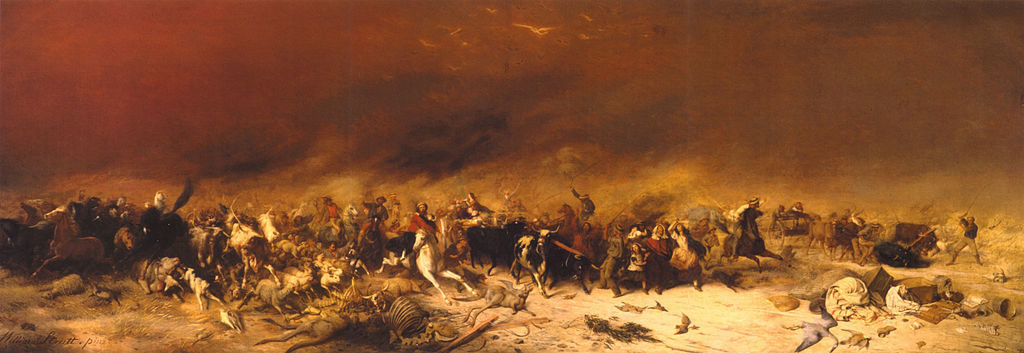
It is the time of year when Australia often experiences extreme weather events. February is renowned as the hottest month and, in some parts of the country, also the wettest month. It often brings cyclones to our coasts and storms, which conversely enough, may trigger fires as lightening strikes the hot, dry bush. Aboriginal people carefully managed the Australian environment in the period before contact with Europeans. They used strict fire-management regimes on small and large scales to manage the timing and occurrence of fires, the impact on vegetation (including for those native plant species that need fire to germinate), as well as the impact on people (who had inhabited every corner of the continent for many thousands of years) and animals.
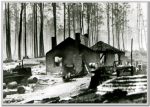
Disruptions of traditional Aboriginal ways of life in the 18th and 19th centuries had many severe impacts – on Aboriginal people, on the Australian environment, and on the European settlers in turn. One of these impacts was the breaking down of the country-wide fire management schemes which has been in place before the colonial period. European settlers did not recognise the necessity for regulated burning in the Australian landscape. The build-up of dry timber fuel meant that when storms brought lightening, as in Victoria in February, 1851, large swaths of bush burnt with unstoppable fury. Similarly ferocious fires in Victoria in 1939 (the Black Friday fires) led governments to start to re-introduce fire management schemes. Today these fire management schemes protect us from the worst fury of bushfires, just as they did back in pre-colonial Australia.
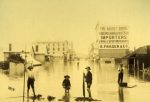
At the other end of the scale the storms and cyclones of February often bring flooding rains, especially to Queensland, NSW and Western Australia. In 1852 in Gundagai, NSW, in February 1893 in Brisbane and in many other times and places, most recently 2011 in Brisbane, devastation and loss of property and life have accompanied these events. Seven of the worst 10 floods in Australia have occurred in summer, with several in February. Aboriginal people avoided living in low-lying areas, especially during times of potential flooding, during the pre-colonial period. In fact, Aboriginal people warned the people of Gundagai, NSW, that their settlement was too close to the river before the floods, and were instrumental in saving one fifth of the town’s population from drowning during the floods themselves.
Fortunately this year we have not had any dramatic extreme weather events, but, these topics can still be built into HASS studies (as they are in the OpenSTEM® Understanding Our World® program). Students in Year 5 study natural disasters and the environment as part of the HASS curriculum, however, discussions about climate (Year 3) and Aboriginal Australia (Year 4) can also be incorporated into these topics. OpenSTEM® resources (some of which are linked above) also include quotes of primary sources, as well as contemporary paintings and photographs, addressing necessary skills across a range of year levels.

 The modern Olympic games were started by Frenchman Henri de Baillot-Latour to promote international understanding. The first games of the modern era were held in 1896 in Athens, Greece. Australia has competed in all the Olympic games of the modern era, although our participation in the first one was almost by chance. Of course, the Olympics predated Federation by 5 years, so there was officially no “Australia” as a unified country – rather a collection of separate colonies of Britain. In fact, OpenSTEM®‘s
The modern Olympic games were started by Frenchman Henri de Baillot-Latour to promote international understanding. The first games of the modern era were held in 1896 in Athens, Greece. Australia has competed in all the Olympic games of the modern era, although our participation in the first one was almost by chance. Of course, the Olympics predated Federation by 5 years, so there was officially no “Australia” as a unified country – rather a collection of separate colonies of Britain. In fact, OpenSTEM®‘s 


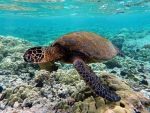 Students in standalone Foundation/Prep/Kindy (
Students in standalone Foundation/Prep/Kindy ( Students in Years 3 (
Students in Years 3 ( It’s NAPLAN week and that means time is short! Fortunately, the Understanding Our World™ program is based on 9 week units, which means that if you run out of time in any particular week, it’s not a disaster. Furthermore, we have made sure that there is plenty of catch-up time within the lessons, so that there is no need to feel rushed. This week students are getting into the nitty gritty of their term projects. Our youngest students are studying their surroundings at school and in the local area. Older students are getting to the core of their research projects.
It’s NAPLAN week and that means time is short! Fortunately, the Understanding Our World™ program is based on 9 week units, which means that if you run out of time in any particular week, it’s not a disaster. Furthermore, we have made sure that there is plenty of catch-up time within the lessons, so that there is no need to feel rushed. This week students are getting into the nitty gritty of their term projects. Our youngest students are studying their surroundings at school and in the local area. Older students are getting to the core of their research projects. Students in our standalone Foundation/Kindy/Prep class (
Students in our standalone Foundation/Kindy/Prep class ( Students in Year 3 (
Students in Year 3 ( It is hoped that by now all the school routine is shaking back down into place. No doubt you’ve all got ANZAC Day marked on your
It is hoped that by now all the school routine is shaking back down into place. No doubt you’ve all got ANZAC Day marked on your  Students in our stand-alone Foundation/Prep class (Unit
Students in our stand-alone Foundation/Prep class (Unit  Students in Year 3, doing the Unit
Students in Year 3, doing the Unit 
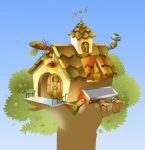 Foundation to Year 3
Foundation to Year 3 Students in Years 3 to 6 (Units
Students in Years 3 to 6 (Units
The units have allowed students to engage in exciting content and learn new information and utilise thinking skills for various…
Trent Perry, Teacher